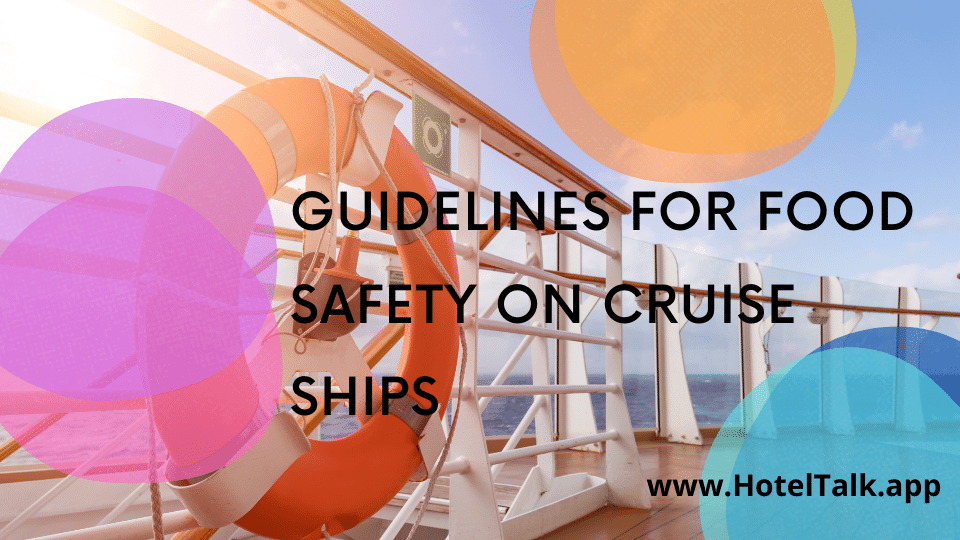- Food operations are not conducted in a room used as living or sleeping quarters;
- Persons unnecessary to the food operation are not allowed in the food preparation, food storage, or warewashing areas, except that brief visits and tours may be authorized if steps are taken to ensure that exposed food; clean equipment, utensils, and linens; and unwrapped single-service and single-use articles are protected from contamination;
- Employees and other persons such as delivery and maintenance persons and pesticide applicators entering the food preparation, food storage, and warewashing areas comply with the guidelines in this manual;
- Food employees are effectively cleaning their hands, by routinely monitoring the employees’ handwashing;
- Employees are observing foods as they are received to determine that they are from approved sources, delivered at the required temperatures, protected from contamination, unadulterated, and accurately presented, by routinely monitoring the employees’ observations and periodically evaluating foods upon their receipt;
- Employees are properly cooking potentially hazardous food, being particularly careful in cooking foods known to cause severe food-borne illness and death, such as eggs and comminuted meats, through daily oversight of the employees’ routine monitoring of the cooking temperatures using appropriate temperature measuring devices properly scaled and calibrated;
- Employees are using proper methods to rapidly cool potentially hazardous foods that are not held hot or are not for consumption within 4 hours, through daily oversight of the employees’ routine monitoring of food temperatures during cooling;
- Consumers who order raw or partially cooked ready-to-eat foods of animal origin are informed that the food is not cooked sufficiently to ensure its safety;
- Employees are properly sanitizing cleaned multiuse equipment and utensils before they are reused, through routine monitoring of solution temperature and exposure time for hot water sanitizing, and chemical concentration, pH, temperature, and exposure time for chemical sanitizing;
- Consumers are notified that clean tableware is to be used when they return to self-service areas such as salad bars and buffets;
- Employees are preventing cross-contamination of ready-to-eat food with bare hands by properly using suitable utensils such as deli tissue, spatulas, tongs, single-use gloves, or dispensing equipment; and
- Employees are properly trained in food safety as it relates to their assigned duties.

Guidelines For Food Safety On Cruise Ships
📘 Hotel SOP Download
“Comprehensive SOPs for all departments – Front Office, Housekeeping, F&B, Finance, Engineering & more.”
👉 Download Now & Streamline Your Operations
📘 Hotel SOP Download
“Comprehensive SOPs for all departments – Front Office, Housekeeping, F&B, Finance, Engineering & more.”
👉 Download Now & Streamline Your Operations